Miyawaki Forest at Shoreline Historical Museum
The Miyawaki Forest at the Shoreline Historical Museum: A Beacon of Urban Reforestation"
The Miyawaki Forest at the Shoreline Historical Museum stands as a pioneering example of urban reforestation and ecological restoration. This unique forest, inspired by the revolutionary Miyawaki method, is transforming a once barren area into a thriving, biodiverse ecosystem. In this blog, we explore the origins, significance, and ongoing impact of the Miyawaki Forest, celebrating its role as a green sanctuary in the heart of an urban landscape.
Miyawaki Forest Celebration- June 29th 2024
I had meant to attend the celebration yesterday and write a blog, but was not able to attend. This event celebrated the first summer of the Miyawaki Urban Forest that was planted by the community and featured Seattle Kokon Taiko (Japanese percussion instruments) and JHP Legacy (Ghanian percussion instruments).
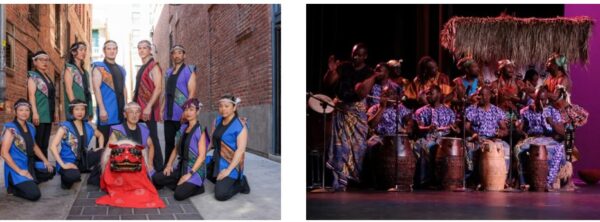
The Miyawaki Method: A Revolutionary Approach to Reforestation:
The Miyawaki method, developed by Japanese botanist Dr. Akira Miyawaki, emphasizes the creation of dense, native forests in a short span of time. Unlike traditional reforestation techniques, which often involve planting a single species of trees, the Miyawaki method promotes biodiversity by planting a variety of native species in close proximity. This approach mimics natural forest ecosystems, resulting in rapid growth and enhanced resilience against environmental challenges.
Link: The Miyawaki Method, step by step
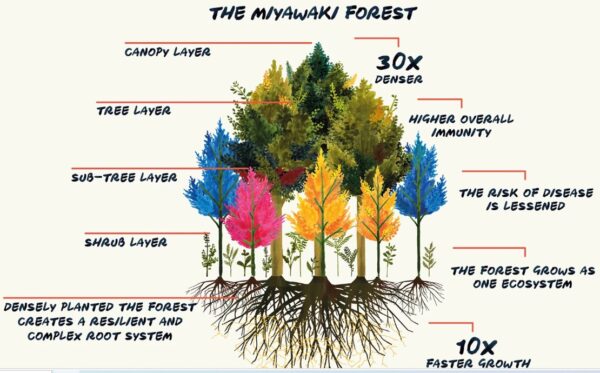
Origins of the Miyawaki Forest at Shoreline:
The Shoreline Historical Museum, with its commitment to preserving and celebrating the region's cultural and natural heritage, embarked on the Miyawaki Forest project as part of its broader environmental initiatives. The project began with extensive research and collaboration with experts in the Miyawaki method, aiming to create a forest that would not only enhance the museum's grounds but also serve as an educational tool and community asset.
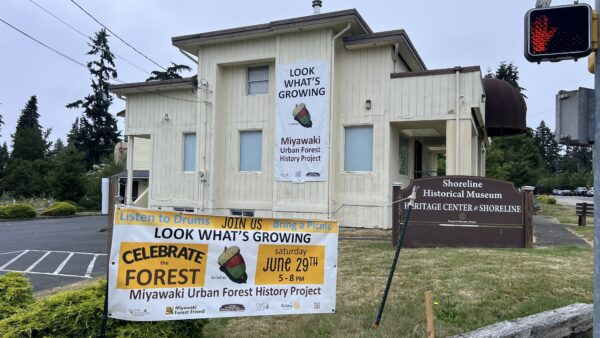
Planting the Seeds of Change:
In December of 2023, volunteers, community members, and museum staff came together for the planting event, transforming a section of the museum's grounds into a future forest. Guided by the principles of the Miyawaki method, they planted a diverse mix of native trees, shrubs, and groundcover plants, carefully selected to create a self-sustaining ecosystem. The densely packed seedlings, planted in a meticulously planned layout, began their journey toward becoming a lush, thriving forest.
Above- Site Selection and Planting Event December 2023
Link: Timeline of Events

The Rapid Growth and Transformation:
One of the most remarkable aspects of the Miyawaki method is the rapid growth and transformation it enables. Within just a few years, the once bare area will begin to flourish, with young trees reaching impressive heights and creating a dense canopy. The diverse mix of species ensured that the forest will develop a rich undergrowth, providing habitat and food sources for a variety of wildlife.
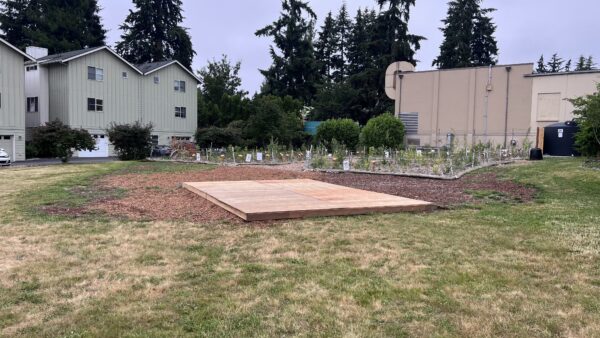
Day after celebration event with the state still there
Ecological Benefits and Biodiversity:
The Miyawaki Forest at the Shoreline Historical Museum is more than just a collection of trees—it is a living, breathing ecosystem that supports a wide range of flora and fauna. The forest's dense vegetation helps sequester carbon, improve air quality, and regulate local temperatures. The diverse plant species attract pollinators, birds, and small mammals, creating a vibrant habitat that contributes to the overall biodiversity of the area.
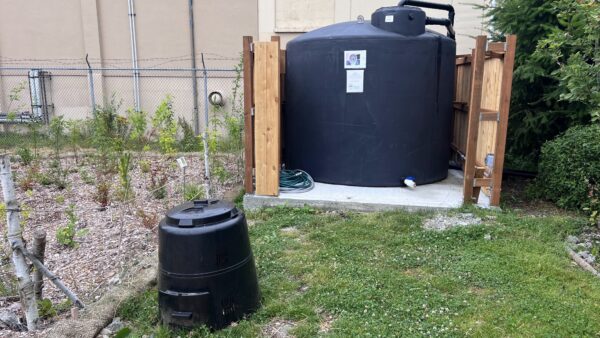
3,000 Gallon Cistern- captures rainwater off roofs. Newly planted native plants need 3 years irrigation through summer months
Educational and Community Impact:
The Miyawaki Forest serves as an invaluable educational resource, offering visitors a firsthand look at the principles of urban reforestation and ecological restoration. The Shoreline Historical Museum organizes guided tours, workshops, and educational programs that highlight the significance of the Miyawaki method and its potential for addressing environmental challenges. School groups, community organizations, and nature enthusiasts have the opportunity to learn about sustainable practices and the importance of preserving native ecosystems.
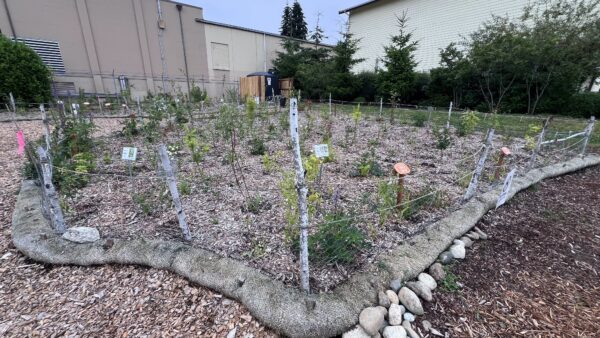
A Beacon of Hope for Urban Reforestation:
The success of the Miyawaki Forest at the Shoreline Historical Museum serves as an inspiring example of what can be achieved through community collaboration and innovative approaches to environmental conservation. It demonstrates that even small urban spaces can be transformed into thriving natural habitats, contributing to the overall health and well-being of the community. As more cities and organizations look for ways to combat climate change and enhance urban environments, the Miyawaki method offers a promising solution with tangible results.
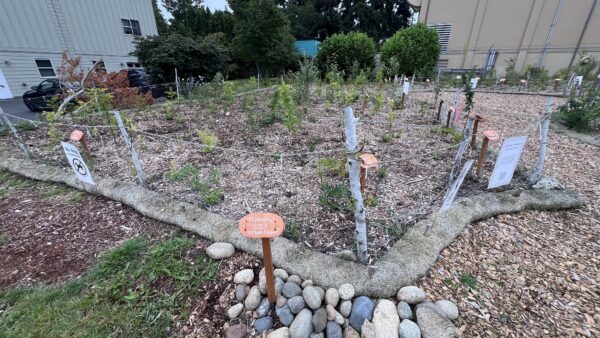
Looking to the Future:
The Miyawaki Forest at the Shoreline Historical Museum is still in its early stages, but its future is bright. As the forest continues to grow and mature, it will become an even more integral part of the museum's landscape and a cherished green space for the community. Ongoing maintenance and monitoring will ensure that the forest remains healthy and resilient, serving as a lasting testament to the power of nature and human ingenuity working in harmony.
The Miyawaki Forest at the Shoreline Historical Museum is a beacon of urban reforestation, showcasing the transformative potential of the Miyawaki method. From its humble beginnings as a collection of seedlings to its current status as a thriving ecosystem, the forest stands as a testament to the impact that dedicated individuals and communities can have on the environment. As we look to the future, the Miyawaki Forest serves as a source of inspiration and hope, reminding us of the profound connection between humans and the natural world, and the enduring legacy we can create through mindful stewardship of the land.
A video walk-through of the Miyawaki Urban Forest - June 2024
We will be writing future blogs on his 3 other Miyawaki Urban Forests in Washington state.
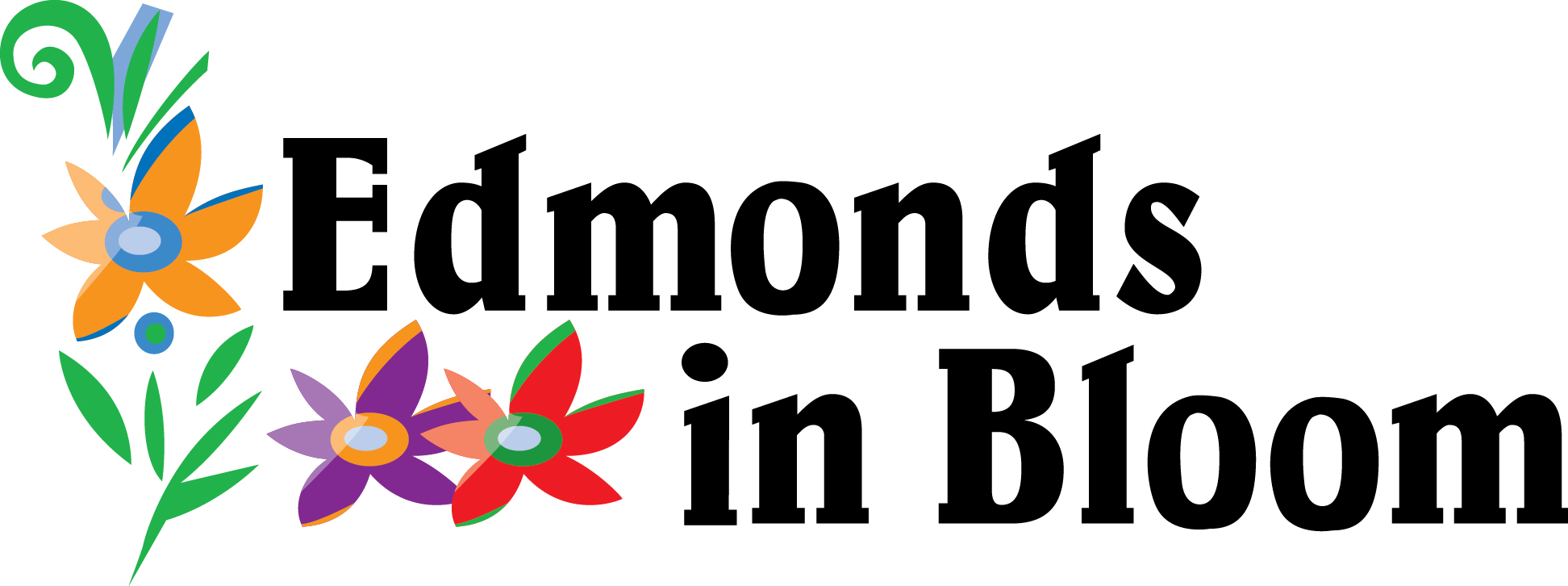
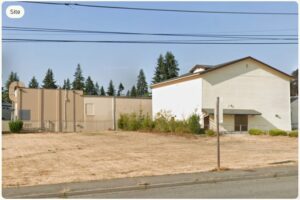
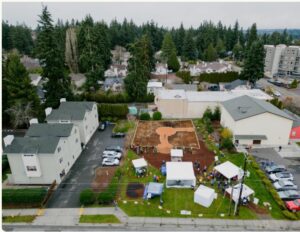
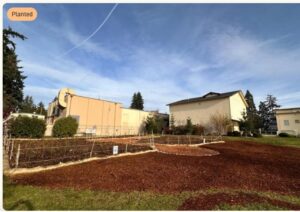
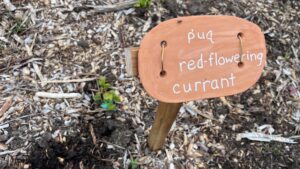
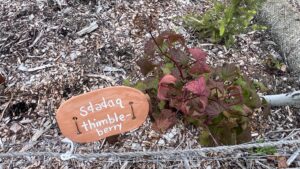
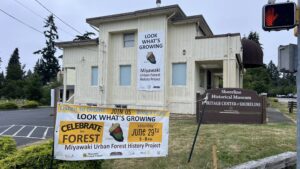
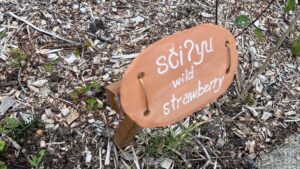

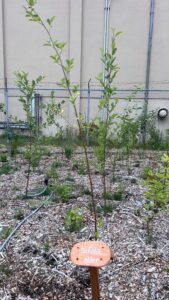

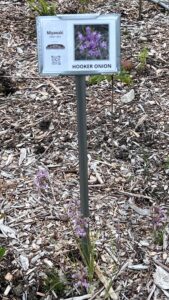
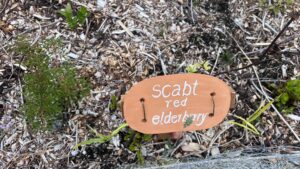
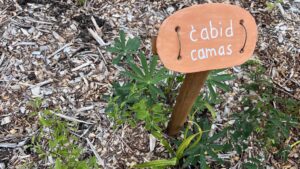
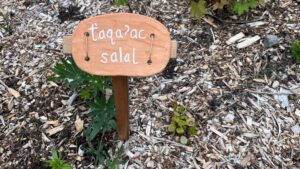
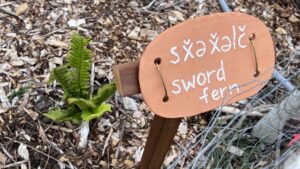
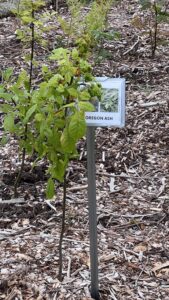
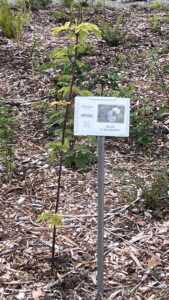
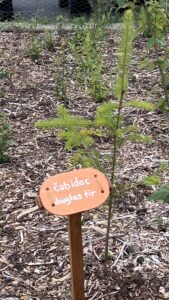
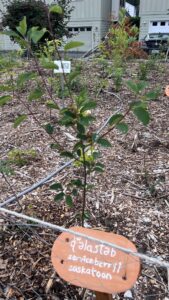
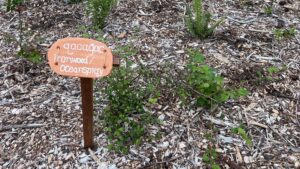
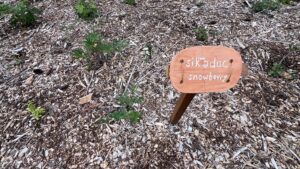
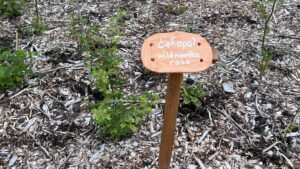
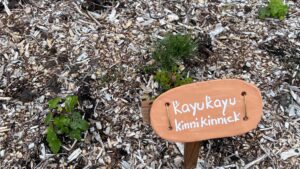
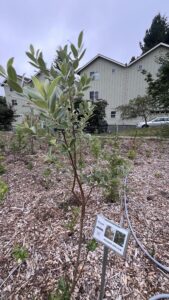
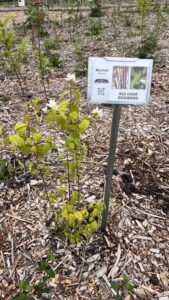
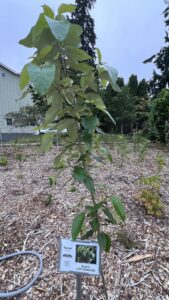
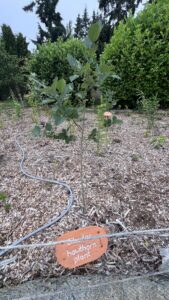
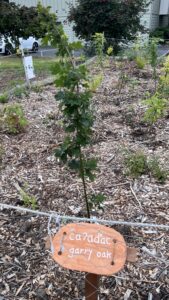
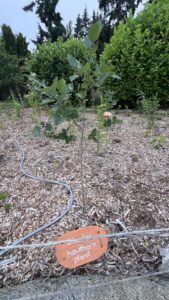
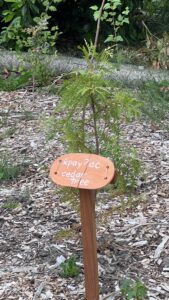
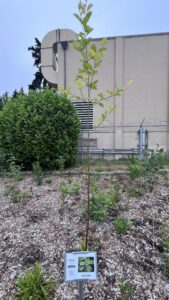
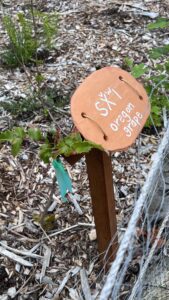
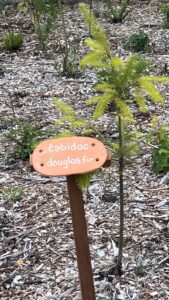

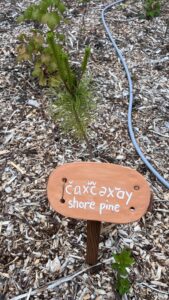
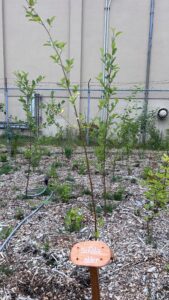
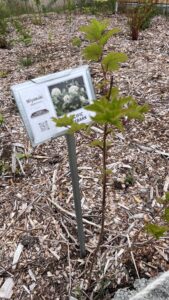
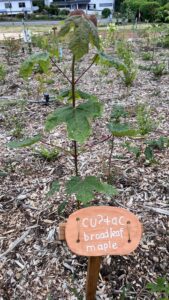

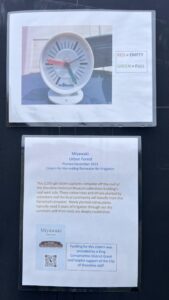
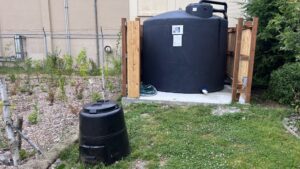

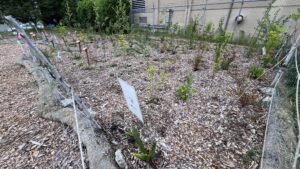
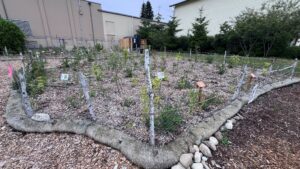
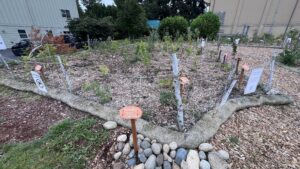
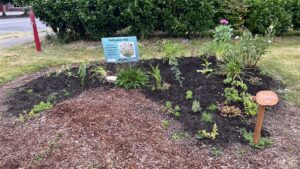
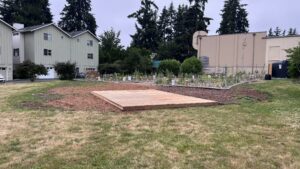

Shoreline’s Miyawaki Forest Celebration of June 29, 2024 is nicely summed up by Tim Freeman!
What a wonderful article. Thanks for your thoughtful description of our forest.